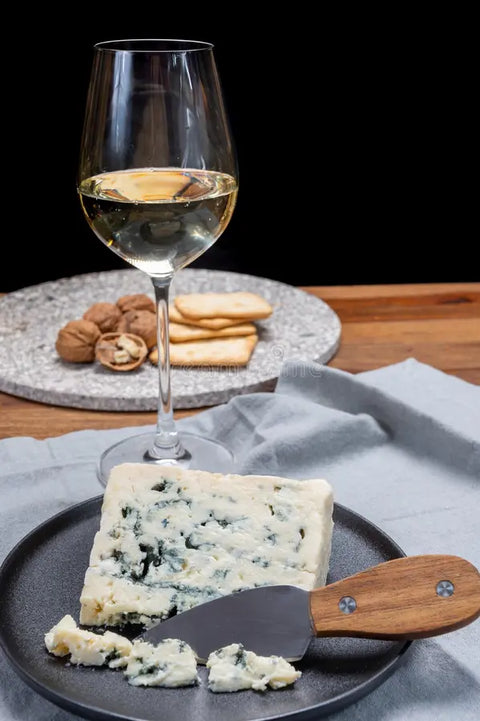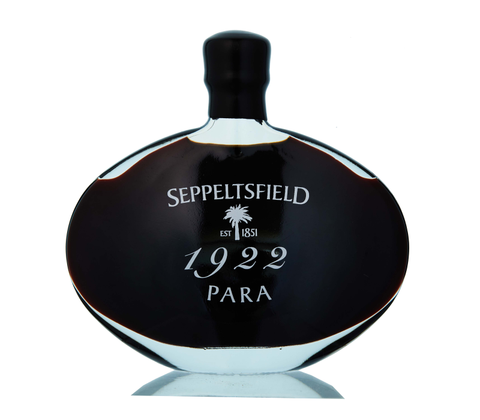The History of Tawny Port: A Journey Through Time in Portuguese Winemaking
Introduction
From the sun-drenched vineyards of Portugal's Douro Valley emerges one of the world's most cherished fortified wines: tawny port. This rich, amber-hued wine carries centuries of tradition, innovation, and cultural significance. Let's explore the fascinating history of tawny port, from its humble beginnings to its current status as a premium fortified wine.
The Birth of Port Wine
The story of tawny port begins in the 17th century when British merchants sought alternatives to French wines during periods of political tension between Britain and France. The rugged Douro Valley, with its steep terraced vineyards and unique microclimate, became the perfect source for these alternative wines.
Early merchants discovered that adding brandy to the wine before fermentation was complete not only preserved it for the long journey to Britain but also created a unique, sweet fortified wine. This process, known as fortification, became the foundation of all port wines, including tawny port.
The Evolution of Tawny Port
While ruby port was the initial style produced, tawny port emerged as winemakers began experimenting with extended barrel aging. They noticed that prolonged exposure to oak and oxygen transformed the wine's colour from deep purple to a distinctive amber or "tawny" hue, while developing complex flavours of nuts, dried fruits, and caramel.
The Age of Innovation: 18th and 19th Centuries
The 18th century marked a significant period in tawny port's development. In 1756, the Marquis of Pombal established the Douro Wine Company and created the world's first wine appellation system, ensuring the quality and authenticity of port wines. This regulation helped standardise production methods and protect the unique characteristics of tawny port.
The Role of British Port Houses
British port houses played a crucial role in developing tawny port's reputation. Families like Taylor's, Graham's, and Warre's established themselves in Porto, creating aging systems and blending techniques that would define tawny port's character. They introduced the practice of indicating the average age of tawny ports (10, 20, 30, and 40 years), helping consumers understand the wine's maturity and complexity.
Traditional Production Methods
The making of tawny port involves several distinct steps:
- Grape Growing: Traditional Portuguese varieties like Touriga Nacional, Touriga Franca, and Tinta Roriz are grown on the steep schist slopes of the Douro Valley.
- Harvesting and Fermentation: Grapes are traditionally foot-trodden in granite lagares, though modern mechanical methods are now also used.
- Fortification: Neutral grape spirit is added to stop fermentation, preserving natural grape sugars and raising the alcohol content to around 20%.
- Aging: Unlike ruby ports, tawny ports are aged in small oak barrels, allowing controlled oxidation that creates their characteristic colour and flavour profile.
Australian Tawny Port: A Southern Hemisphere Success Story
The history of tawny port in Australia dates back to the early days of colonial settlement, with South Australia playing a particularly significant role. In the 1840s, European settlers, including notable figures like Joseph Gilbert and John Reynell, recognized that Australia's climate was ideal for producing fortified wines similar to those from Portugal.
South Australian Innovation
The Barossa Valley and McLaren Vale regions became epicentres of Australian port-style wine production. Early winemakers discovered that the hot climate and long growing season were perfect for creating rich, concentrated fortified wines. Pioneers like the Seppelt family developed their own unique style of tawny port, using traditional Portuguese techniques adapted to Australian conditions.
The Rutherglen Legacy
The Rutherglen region in Victoria became particularly famous for its unique expression of tawny port. Winemaking families like the Chambers and Morris families established themselves in the late 1800s, creating distinctive styles that would later be classified as "Rutherglen Muscats" and "Rutherglen Tokays" (now known as Topaque).
Modern Era and Global Recognition
Today, tawny port has achieved global recognition as a premium fortified wine. The creation of Colheita ports (single-vintage tawny ports) has added another dimension to the category, offering wine enthusiasts the opportunity to experience the characteristics of specific vintage years aged in the tawny style.
Environmental Challenges and Sustainability
The 21st century has brought new challenges to tawny port production, particularly climate change. The Douro Valley's extreme temperatures and rainfall patterns are becoming more unpredictable, leading producers to adapt their practices while maintaining traditional quality standards.
Looking to the Future
As wine consumption habits evolve, tawny port producers continue to innovate while respecting tradition. Many are exploring sustainable practices, organic farming methods, and new serving suggestions to attract younger consumers while maintaining their historic legacy.
Conclusion
The history of tawny port reflects more than just the evolution of a wine style - it represents the intersection of culture, commerce, and craftsmanship. From its origins in the Douro Valley to its current status as a globally appreciated wine, tawny port continues to captivate wine enthusiasts with its rich history and complex character.
Today, as we enjoy a glass of aged tawny port, we're not just tasting a wine - we're experiencing centuries of tradition, innovation, and dedication to quality that have made this unique style of fortified wine a true icon of Portuguese winemaking heritage.




Comments (0)
There are no comments for this article. Be the first one to leave a message!